5 Essential Tips for Easing MSK Pain During Menopause
Menopause can be a transformative phase in a woman’s life, bringing with it a myriad of changes—some welcomed, others less so. Among these changes, musculoskeletal (MSK) pain is a common yet often overlooked companion, affecting mobility and overall quality of life. If you’re navigating this transitional period and finding yourself grappling with discomfort in your joints or muscles, you’re not alone. In this listicle, we’ll explore 5 essential tips designed to help you ease MSK pain during menopause. From lifestyle adjustments to practical strategies, you can expect to gain valuable insights that empower you to reclaim comfort and enjoy this new chapter with greater ease. Let’s dive in and discover how you can support your body through this significant transition!
1) Stay Active: Engaging in regular, low-impact exercise such as walking, swimming, or yoga can help maintain flexibility, strengthen muscles, and alleviate musculoskeletal pain often exacerbated by hormonal changes during menopause
Maintaining an active lifestyle is crucial during menopause, as it not only helps to mitigate musculoskeletal pain but also enhances overall well-being. Engaging in low-impact exercises can be particularly beneficial, allowing you to strengthen your muscles without putting excessive strain on your joints. Consider incorporating activities such as:
- Walking: A simple yet effective way to keep your body moving.
- Swimming: The buoyancy of water supports your body, reducing impact while providing resistance.
- Yoga: Enhances flexibility and promotes relaxation, which can alleviate stress-related pain.
Creating a balanced routine can further enhance your experience. Aim for at least 30 minutes of activity most days of the week. To help you plan, here’s a sample weekly schedule that combines these activities:
| Day | Activity | Duration |
|---|---|---|
| Monday | Walking | 30 minutes |
| Tuesday | Yoga | 45 minutes |
| Wednesday | Swimming | 30 minutes |
| Thursday | Walking | 30 minutes |
| Friday | Yoga | 45 minutes |
| Saturday | Swimming | 30 minutes |
| Sunday | Rest or Gentle Stretching | – |
By prioritizing movement, you can not only combat the discomfort associated with hormonal changes but also boost your mood and energy levels. Remember to listen to your body and adjust your routine as needed, ensuring that your exercise regimen remains enjoyable and sustainable.
2) Prioritize Nutrition: A balanced diet rich in anti-inflammatory foods, such as fruits, vegetables, whole grains, and omega-3 fatty acids, can support overall health and may reduce the severity of MSK pain linked to menopause
Embracing a diet rich in anti-inflammatory foods can be a game-changer for managing musculoskeletal (MSK) pain during menopause. Incorporating a variety of colorful fruits and vegetables into your meals not only enhances the nutritional profile but also provides essential vitamins and minerals that support joint health. Aim for a rainbow of produce, such as:
- Berries - Blueberries, strawberries, and blackberries are packed with antioxidants.
- Leafy Greens – Spinach, kale, and Swiss chard are rich in calcium and magnesium.
- Cruciferous Vegetables - Broccoli and cauliflower contain compounds that may reduce inflammation.
In addition to fruits and vegetables, integrating whole grains and omega-3 fatty acids into your diet can further bolster your health. Whole grains like quinoa, brown rice, and oats provide fiber that supports digestive health, while omega-3 fatty acids found in fatty fish, flaxseeds, and walnuts have been shown to reduce inflammation. Consider this simple table to help you visualize the benefits:
| Food Type | Examples | Benefits |
|---|---|---|
| Fruits | Berries, Oranges, Apples | Rich in antioxidants; helps reduce inflammation |
| Vegetables | Spinach, Kale, Broccoli | High in vitamins and minerals; promotes joint health |
| Whole Grains | Quinoa, Brown Rice, Oats | Provides fiber; supports digestive health |
| Omega-3 Sources | Salmon, Flaxseeds, Walnuts | Reduces inflammation; supports heart health |
3) Explore Mind-Body Techniques: Practices like mindfulness meditation, tai chi, and deep breathing exercises can help manage stress and improve pain perception, making them valuable tools for women experiencing MSK discomfort during this transitional phase
Integrating mind-body techniques into your daily routine can be a transformative approach to managing musculoskeletal discomfort during menopause. Practices such as mindfulness meditation encourage you to focus on the present moment, helping to reduce anxiety and enhance your overall emotional well-being. By dedicating just a few minutes each day to mindfulness, you can cultivate a sense of calm that may alleviate the perception of pain. Additionally, tai chi offers a gentle way to increase flexibility and strength while promoting relaxation. This ancient martial art combines slow, flowing movements with deep breathing, making it an excellent choice for women seeking to harmonize their physical and mental health.
Another powerful tool in your arsenal is deep breathing exercises. When practiced regularly, these exercises can lower stress levels and improve oxygen flow to your muscles and joints, which is crucial during times of discomfort. Consider incorporating a simple routine into your day, such as:
| Exercise | Duration | Benefits |
|---|---|---|
| Mindfulness Meditation | 5-10 mins | Reduces anxiety, enhances focus |
| Tai Chi | 20-30 mins | Improves flexibility, promotes relaxation |
| Deep Breathing | 5 mins | Lowers stress, increases oxygen flow |
By exploring these techniques, you not only empower yourself to manage pain more effectively but also cultivate a deeper connection between your mind and body. Embracing these practices can lead to a more peaceful transition through menopause, allowing you to navigate this phase with greater ease and resilience.
4) Consider Physical Therapy: Working with a physical therapist can provide personalized strategies for managing pain, including targeted exercises, manual therapy, and education on body mechanics to help you navigate daily activities with greater ease
Engaging with a physical therapist can be a game-changer for those experiencing musculoskeletal pain during menopause. These professionals are trained to assess your unique situation, offering tailored strategies that address your specific needs. By incorporating targeted exercises, you can strengthen the muscles that support your joints, enhancing stability and reducing discomfort. Additionally, manual therapy techniques can alleviate tension and improve mobility, making daily activities feel less daunting. Education on body mechanics is equally vital; understanding how to move effectively can prevent strain and promote a more comfortable lifestyle.
In your sessions, a physical therapist may introduce you to a variety of techniques and practices, including:
- Stretching routines to enhance flexibility and reduce stiffness.
- Strength training exercises tailored to your capabilities.
- Postural alignment strategies to minimize stress on your body.
- Breathing exercises to help manage pain and promote relaxation.
These personalized strategies can empower you to take control of your pain management journey, allowing you to navigate the challenges of menopause with confidence and ease.
5) Stay Hydrated: Proper hydration is crucial for maintaining joint lubrication and overall health. Drinking enough water throughout the day can help reduce stiffness and discomfort associated with musculoskeletal pain during menopause
Water is often overlooked, yet it plays a vital role in keeping our joints well-lubricated and functioning smoothly. During menopause, hormonal changes can lead to increased joint stiffness and discomfort, making it even more essential to prioritize hydration. Aim to drink at least 8-10 glasses of water per day, and consider incorporating hydrating foods into your diet. Foods like cucumbers, oranges, and watermelon not only quench your thirst but also provide essential vitamins and minerals that support joint health.
To help you stay on track with your hydration goals, try setting reminders on your phone or using a stylish water bottle that encourages you to sip throughout the day. You might also find it beneficial to keep a hydration journal, where you can jot down your daily water intake and any changes you notice in your joint comfort. Remember, staying hydrated is not just about drinking water; it’s about creating a holistic approach to your health that includes nourishing your body from the inside out.
In Conclusion
As we journey through the transformative phase of menopause, it’s essential to prioritize our well-being, especially when it comes to managing musculoskeletal pain. The tips we’ve explored together serve as a toolkit, empowering you to navigate this chapter with greater ease and comfort. Remember, each body is unique, and what works for one may not work for another, so don’t hesitate to tailor these strategies to fit your individual needs.
Embrace the power of movement, the wisdom of nutrition, and the importance of self-care. By integrating these essential tips into your daily routine, you can foster a more harmonious relationship with your body during this time of change. Whether it’s through gentle exercise, mindful relaxation, or seeking support from healthcare professionals, every small step counts.
As you take this journey, know that you are not alone. Many women share this experience, and together, we can create a community of understanding and resilience. Here’s to finding relief, embracing change, and celebrating the strength that comes with this new phase of life. Thank you for joining us, and may your path forward be filled with comfort and empowerment.

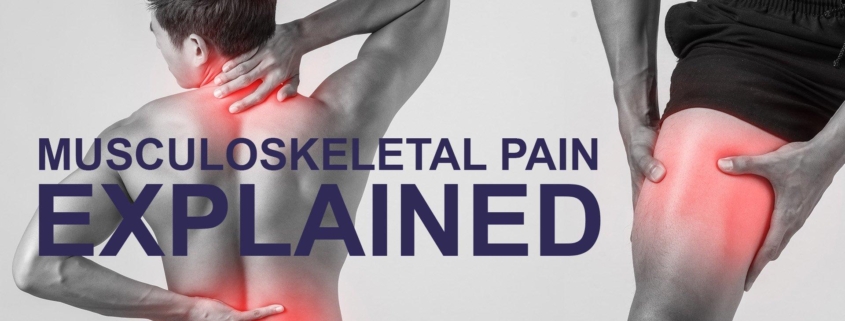

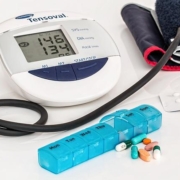
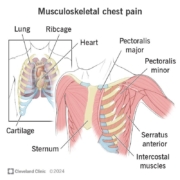
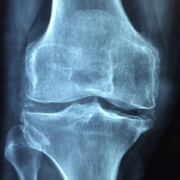
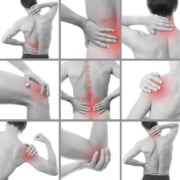



Leave a Reply
Want to join the discussion?Feel free to contribute!